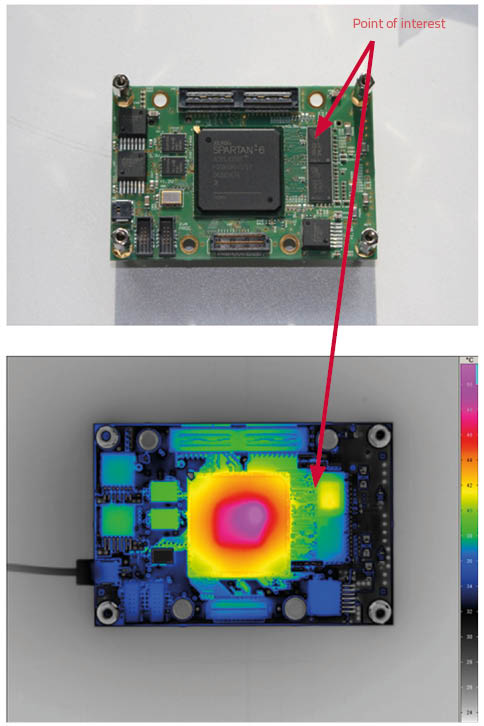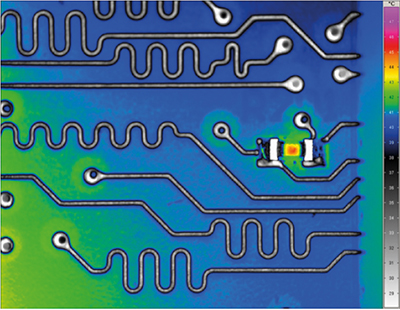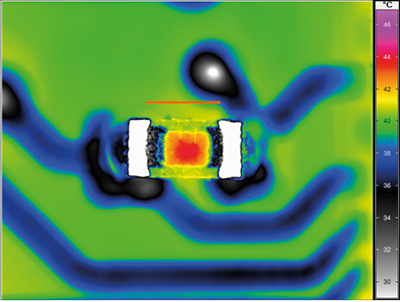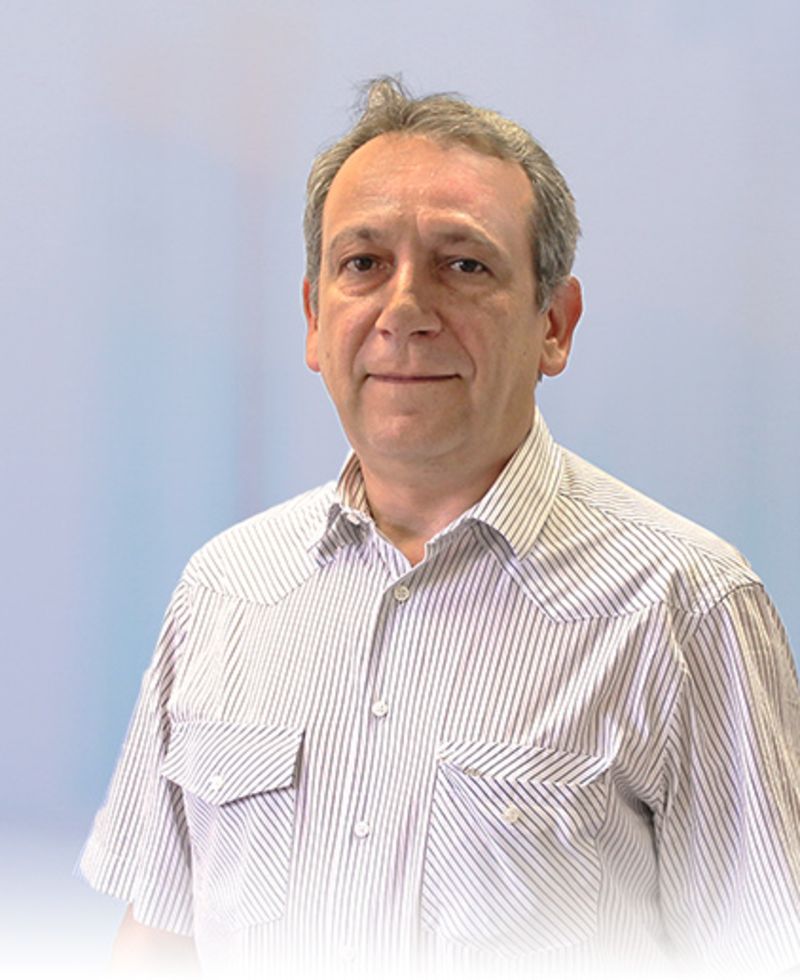Microscopic thermography of electronical components
One of the key developments in contemporary electronic´s design is the reduction of size. But it is not just about size that matters, another key parameter is energy consumption. Feeding electronical components with more and more input for increasing tasks to be handled in parallel and creating more output requires – energy. Energy that creates another issue – temperature, sometimes even heat. Heat that exists in small structures can influence their performance – so one key goal for state-of-the-art electronics R&D is to keep this heat or energy loss as small as possible.
The most straightforward approach to tackle this is using thermography cameras that can perform touchless temperature measurements. Due to the small sizes of the components and parts to be monitored this infrared cameras also need to be mated to microscopical lenses that can identify the very parts that require the necessary energy-saving fine tuning.
In the past years InfraTec has identified micro-thermography as one of the most important R&D applications. The conclusion: InfraTec not just designed high-resolution thermal cameras with unique system feature, but also developed infrared microscopes that can reach diffraction limited resolution.
To illustrate the performance of an ImageIR have a closer look at this microelectronics gallery. All images have been taken with the same PCB sample, the camera used was an ImageIR9300 with 1.280 x 1.024 native pixel resolution.
What makes InfraTec microthermography systems different to others? The resolution achievements are very obvious. The additional benefits are:
- The choice of microscopic lenses can be fitted to a choice of cooled camera sensors from 640 x 512 pixel to full-HD 1.936 x 1.528 pixel
- Pixel size of those cameras can be as small as 10 µm, in combination with the microscanning option this can be reduced to a physical resolution of 5 µm
- Working distances cover a range from 14 mm to 300 mm
- Full-frame speed up to 622 Hz and subframe speeds up to 8.000 Hz.
- The camera´s design allows reaching 20 mK as thermal resolution off-the-shelf
- Various trigger options allow the combination with external hardware via exchanging digital or analogue signals
- Cameras and lenses are made in Germany and easily shippable within the European Union without any licensing paperwork, even for servicing. Calibration is done at the InfraTec inhouse calibration lab which offers nearly three decades of calibration expertise
With Quantum Design InfraTec has teamed up with a partner that also works with trained application engineers. At the InfraTec main office in Dresden (Germany) further training and support workforce is available.






